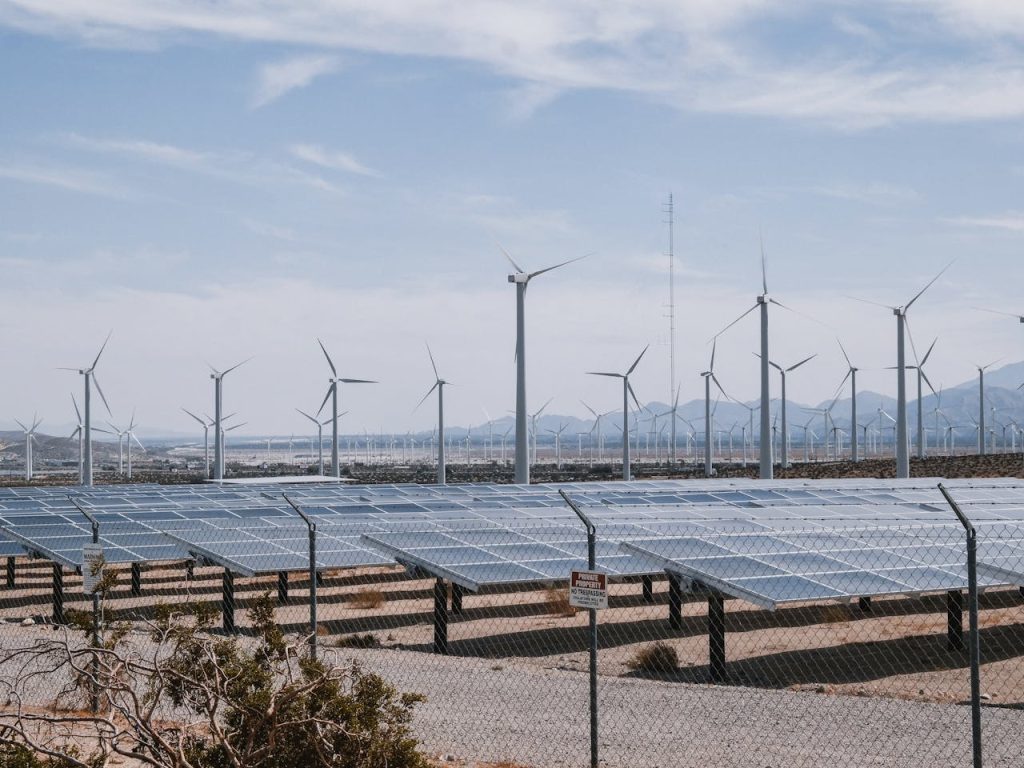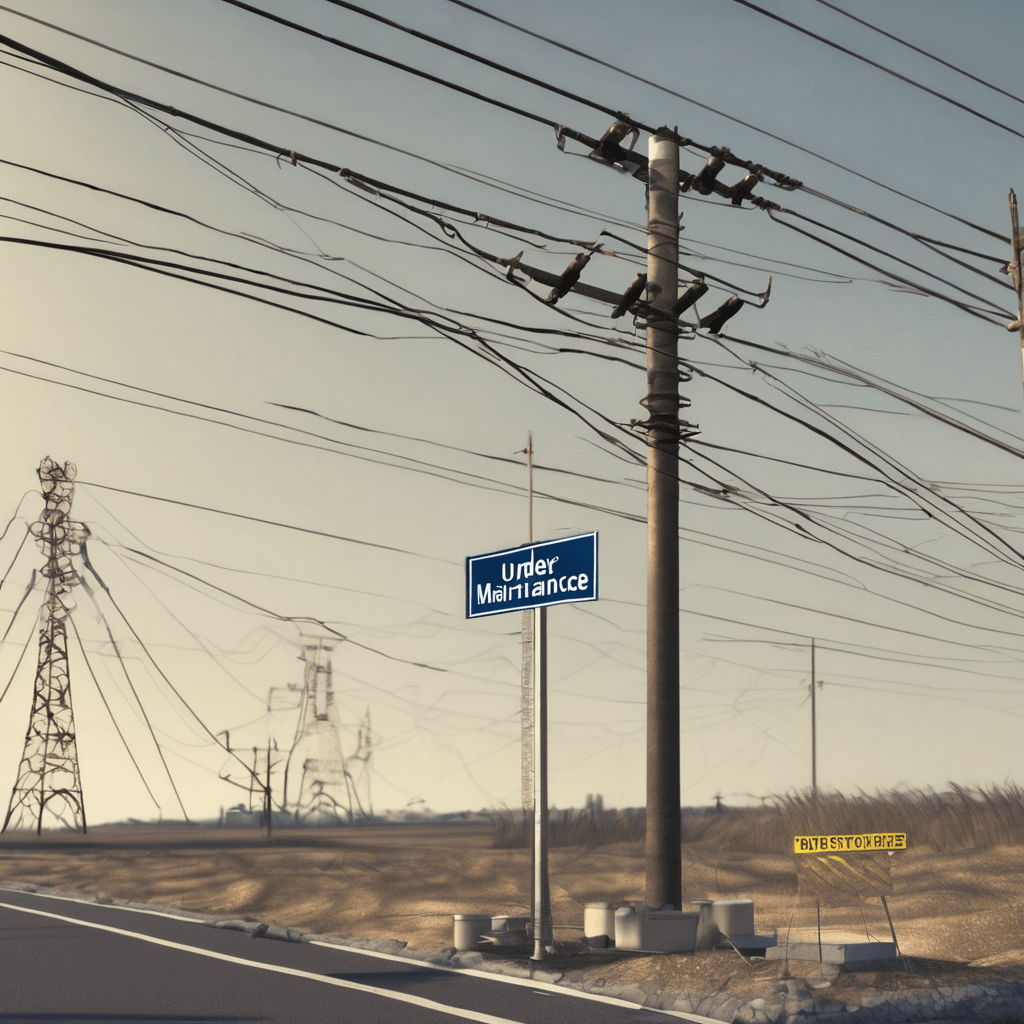Energy Crisis in Pakistan
The energy crisis in Pakistan has been on the rise for over a decade. Chronic power outages have significantly impacted individuals, businesses, and the overall economy. In this post, we’ll analyze the key factors contributing to Pakistan’s energy crisis, as well as explore practical solutions and steps being taken to overcome this challenge.
Causes of the Energy Crisis
Pakistan’s growing energy needs have outpaced domestic power generation capabilities for many years. Several issues have collectively led to the current crisis:
Inadequate Power Infrastructure – Pakistan’s existing power infrastructure has failed to keep up with rising demand. Production capacity has not increased substantially while the population and energy usage continue rising each year.
Reliance on Imported Fuel – Approximately 30% of Pakistan’s energy needs are met through imported fuel such as oil and liquefied natural gas. This makes the country vulnerable to global fuel price fluctuations and supply disruptions.
Insufficient Domestic Fuel Reserves – Pakistan has limited domestic reserves of fossil fuels like coal, oil and natural gas. The majority must still be imported, putting burden on foreign exchange reserves.
Poor Recovery of Bills – Widespread theft and non-payment of utility bills has resulted in significant financial losses for energy producers. This discourages investment in capacity expansion.
Inefficiency in Supply and Transmission – Outdated transmission infrastructure and inefficient distribution network results in line losses as high as 20%. This wasted power further exacerbates shortages.
Population Growth – Pakistan has seen exponential population growth but domestic power production has failed to keep pace. Per capita electricity availability has steadily declined over the years.

Impact of Energy Crisis in Pakistan on the Economy and Daily Life
The chronic energy shortfalls have taken a heavy toll on all aspects of life in Pakistan:
- Economic Slowdown – Frequent blackouts disrupt industrial operations, resulting in losses of billions annually. Many businesses have closed down or moved elsewhere.
- Job Losses – Energy intensive industries like textiles have suffered major job cuts or shutdown factories completely due to an unreliable power supply.
- Inflation – The costs of running generators have been passed on to consumers in the form of higher prices for goods and services. This fuels inflation across all sectors.
- Decline in Exports – Export oriented industries have lost international orders and export volumes have declined significantly as global clients seek more stable suppliers.
- Hardship for Citizens – Long daily loadshedding during summers makes life exhausting. Hospitals and other essential services are also affected.

Clearly, resolving the energy crisis is crucial for reviving Pakistan’s ailing economy and improving quality of life for its citizens. Overcoming this challenge will require sustained efforts on multiple fronts.
Steps Being Taken
The government has acknowledged the severity of the issue and various plans are now underway to overcome the energy crisis in Pakistan:
- Expansion of Thermal Power – New coal, natural gas and liquefied natural gas based power plants are increasing domestic generation capacity. Examples include the 1320MW Sahiwal Coal Power Plant.
- Hydel Power Development – Projects like the 4500MW Diamer-Bhasha Dam aim to boost clean hydropower production. Other small hydropower plants are also in the works.
- Renewable Energy Drive – The government has set targets to rapidly scale up solar, wind, and biomass energy sources through a renewable energy drive. Examples include solar parks and off-grid solutions for remote areas.
- Improving Infrastructure – Upgrades of transmission lines and replacement of outdated equipment is ongoing. This will reduce line losses during supply.
- Demand Side Management – Efforts encourage energy conservation and efficiency. Examples include replacing incandescent bulbs with LEDs and enforcing building energy codes.
- Alternate Energy Sources – Exploration of untapped indigenous coal reserves and shale gas is also proceeding to diversify the fuel mix.
If successfully implemented, these multi-pronged solutions could help resolve the energy shortages over the coming years. However, sustained political will and funding remains essential.
Role of Individuals and Businesses
While large-scale infrastructure projects take time, individuals and businesses can also play their part by adopting energy efficient practices:
- Switch to energy efficient appliances and lighting
- Practice switch off routines and minimize unnecessary usage
- Explore solar rooftop and other off-grid alternatives
- Improve building insulation and use natural light/ventilation
- Transition company fleets to electric/hybrid vehicles
- Invest in on-site power solutions like generators or backup systems
Adopting even small everyday measures can collectively lower demand pressures on the national grid. Along with government efforts, this type of behavioral change is key to addressing the crisis sustainably over the long run.

Conclusion
In conclusion, Pakistan’s protracted energy shortages stem from decades of under-investment, with demand outstripping domestic supply capabilities. Urgently, we need multi-dimensional solutions to stabilize the energy sector. While the government works to boost generation through diversified sources, it’s imperative that individuals and businesses also play their part by becoming more energy efficient. If addressed comprehensively through short and long-term plans, Pakistan has the potential to overcome this challenge and put the country back on a path of sustainable and inclusive growth.


9 comments
https://healthmedigo.com
June 16, 2024 at 11:04 pm
Great site!
https://healthmedigo.com
June 16, 2024 at 11:04 pm
Great site!
Johnathon Cremin
August 21, 2024 at 10:57 am
Your fitness tips are always on point. The workout routine you shared has become a staple in my weekly schedule. Find more health and fitness tips at [Asian Drama](https://asiandrama.live).
Kali Elberson
August 28, 2024 at 1:00 am
Great insights! I found your take on sustainable living incredibly practical. Looking forward to implementing some of these tips! Check out [Get Info](https://getinfo.ink) for more inspiring content.
Oswaldo Madonia
September 20, 2024 at 4:47 pm
Great insights! I found your take on sustainable living incredibly practical. Looking forward to implementing some of these tips! Check out [Get Info](https://asiandrama.live/?utm_source=google&utm_medium=search&utm_campaign=promotion) for more inspiring content.
Livia Rena
September 20, 2024 at 7:27 pm
Great insights! I found your take on sustainable living incredibly practical. Looking forward to implementing some of these tips! Check out [Get Info](https://coolstuff.lol/?utm_source=google&utm_medium=search&utm_campaign=promotion) for more inspiring content.
Kendall Bliese
September 20, 2024 at 7:57 pm
Great insights! I found your take on sustainable living incredibly practical. Looking forward to implementing some of these tips! Check out [Get Info](https://coolstuff.lol) for more inspiring content.
Tabatha Petrino
September 20, 2024 at 9:51 pm
Great insights! I found your take on sustainable living incredibly practical. Looking forward to implementing some of these tips! Check out [Get Info](https://koreandrama.live/?utm_source=google&utm_medium=search&utm_campaign=promotion) for more inspiring content.
Margarito Trexel
September 20, 2024 at 10:57 pm
Great insights! I found your take on sustainable living incredibly practical. Looking forward to implementing some of these tips! Check out [Get Info](https://dramahub.live) for more inspiring content.